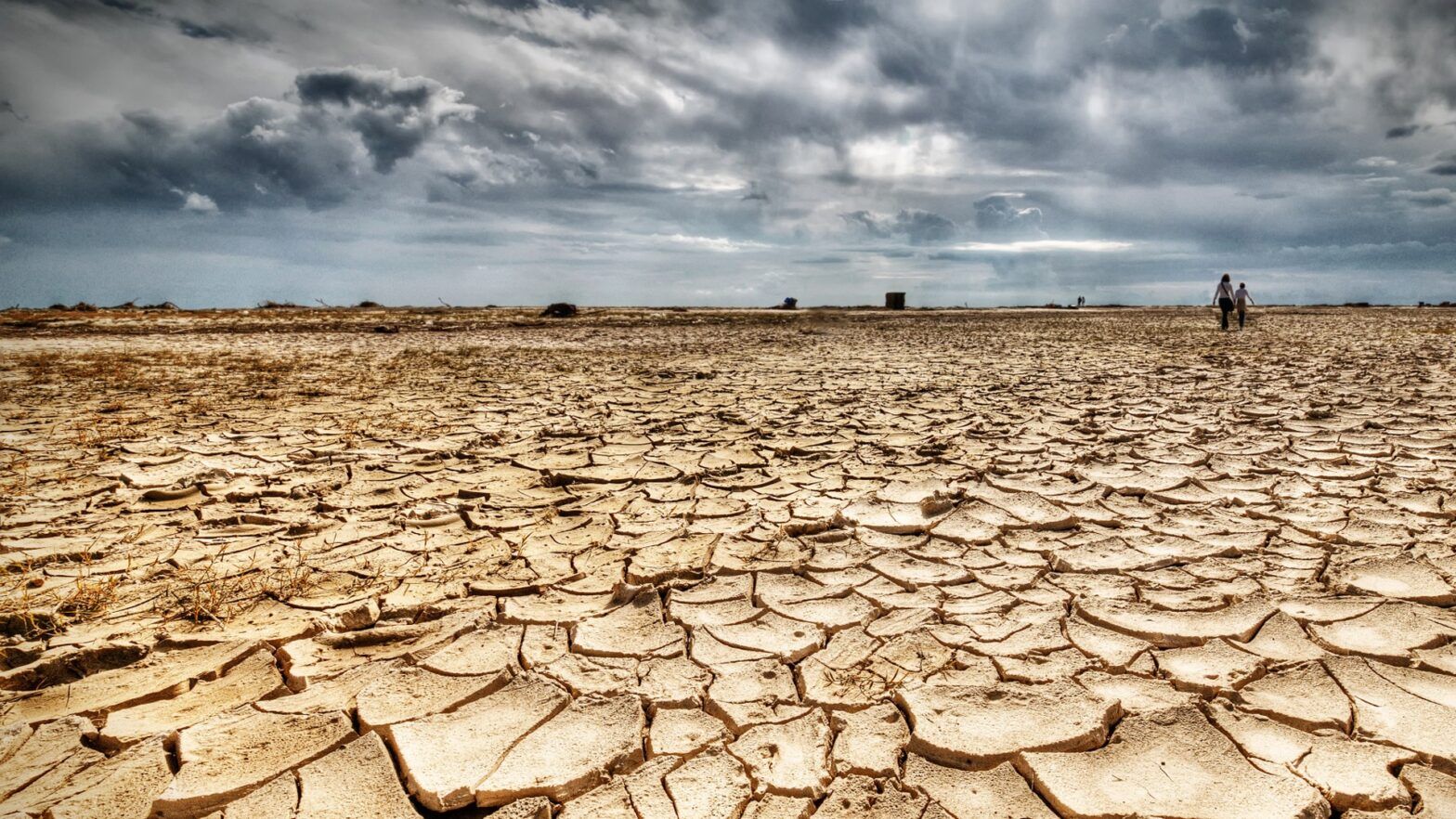The wild fires in California last year were devastating for hundreds of local communities, but they also brought a major company to its knees and started a worrying trend for investors.
US utility company PG&E filed for bankruptcy shortly after the fires were brought under control, facing hundreds of lawsuits that claimed its powerlines hit the tinder-dry ground that had been parched by unseasonably dry weather, causing fires to ignite.
Once a $25 billion company, PG&E found that it could not cover its liabilities going forward and entered Chapter 11 protection in early January.
What is remarkable is that this was not an insurer brought to its knees over pay-outs, but a company that had, on the face of it, little to do with weather events and natural disasters. While extreme weather events, such as flooding or hurricanes, have impacted small and medium-sized businesses throughout history, larger companies have usually been able to cope.
This more immediate impact on large companies that are seemingly unconnected with changes in the environment should be on investors’ minds when assessing their portfolio.
Climate change is not slowing down.
Jessica Ground, global head of stewardship at Schroders, said: “There is growing evidence that climate change is exacerbating natural weather systems and that going forward we are likely to see harsh weather materialise more frequently.”
This may have important investment implications.
“Investors often neglect to thoroughly understand just how vulnerable a company’s physical assets and infrastructure are to severe disruption and damage as a direct result of drastic weather patterns,” said Ground.
Schroders has created a physical risk framework that it applies to more than 10,000 companies globally to calculate the amount of insurance businesses would have to pay to protect their physical assets against weather-related hazards. It uses this information when making investment decisions.
In 2019, meteorologists are predicting an El Nino event, but the problem is going to be a much longer term one than that.
This month, the Bank of England cited an increase in extreme weather events that had been caused by human-induced climate change as being a significant pull on the global economy and something that must be monitored.
Steve Waygood, chief responsible investment officer at Aviva Investors, said fund managers and their clients needed to be aware of the significant financial risk and potential losses from the impact of climate change.
“While physical assets can be directly damaged by extreme weather events and rising sea levels associated with climate change, investors must also consider the indirect harm that can befall portfolios in the form of weaker growth and lower returns,” said Waygood.
“Furthermore, climate change is characterised by extreme risk, meaning that outlier events and scenarios may in fact matter most of all.”
However, there is a problem.
Waygood said current levels of company disclosure lacked detail as to how businesses will be impacted by the physical risks of climate change, making it difficult for investors to adequately price these risks, and opportunities, into valuations.
Aviva Investors’ research, conducted with the Economist Intelligence Unit, estimates the present value of assets at risk between now and 2100 could be as high as $43tn – a figure representing 30 per cent of the entire stock of manageable assets.
“These losses will only be magnified if the degree of warming in the world is left unchecked and not brought under control,” said Waygood. “In short, climate change is therefore the greatest collective risk we face and, if urgent action is not taken to limit rises in global temperatures quickly and substantially, the long-term environmental disaster will only lead to disastrous economic consequences for businesses and society.”








